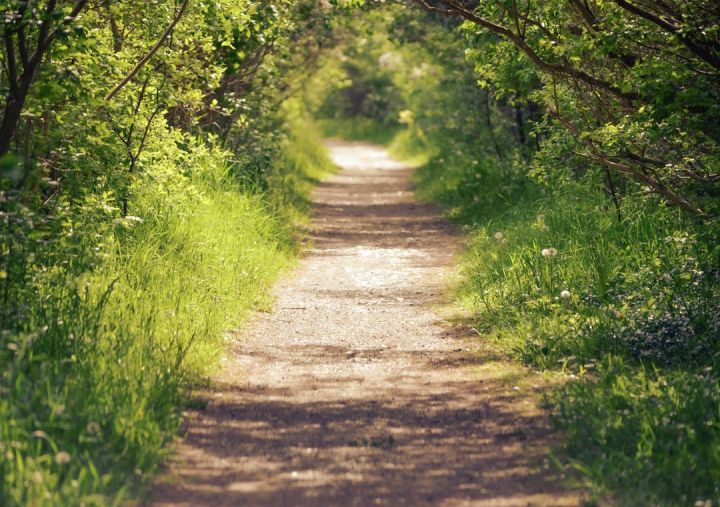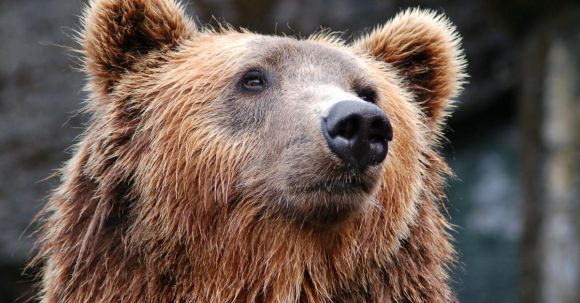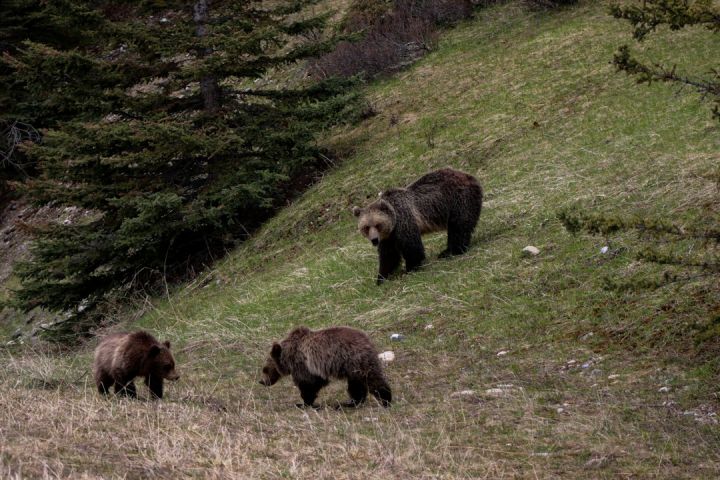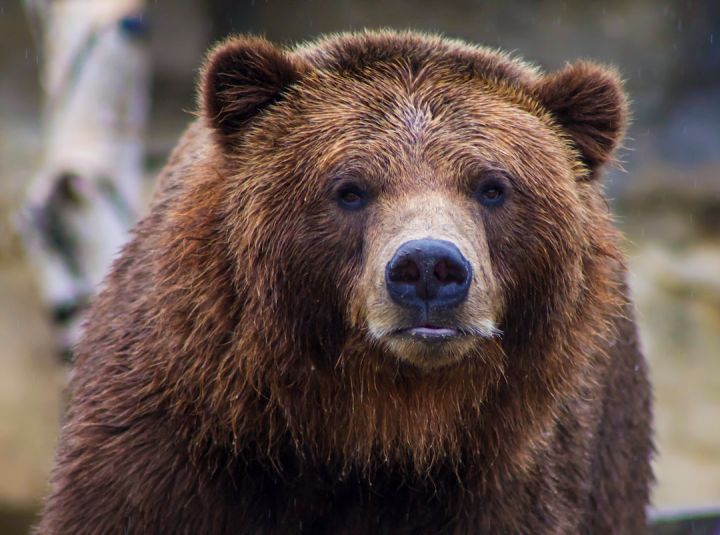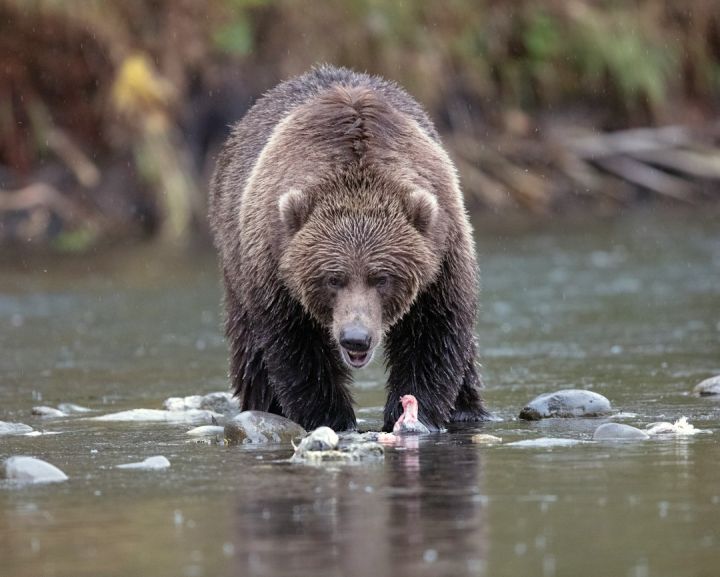Which Trails to Avoid in Bear Country?
When it comes to hiking in bear country, it is important to be aware of the potential risks and take necessary precautions to ensure your safety. While encountering a bear in the wild can be a thrilling experience, it can also be dangerous if not approached with caution. In this article, we will discuss some trails that are best avoided when hiking in bear country.
Trails with Recent Bear Activity
One of the first things to consider when planning a hike in bear country is the recent bear activity in the area. If there have been recent reports of bear sightings or encounters on a particular trail, it is best to avoid that trail until the situation is resolved. Bears are highly territorial animals and can become aggressive if they feel threatened or if their cubs are in danger. By avoiding trails with recent bear activity, you can minimize the risk of a potential encounter.
Trails with Limited Visibility
Another factor to consider when choosing a trail in bear country is the visibility of the trail. Trails that have dense vegetation or narrow pathways can limit your ability to see bears from a distance, increasing the chances of a surprise encounter. It is always recommended to choose trails with open views and clear sightlines, allowing you to spot any bears in the vicinity and take appropriate action.
Trails with Limited Escape Routes
In the event of a bear encounter, it is crucial to have a clear escape route. Trails that have limited escape routes, such as narrow canyons or steep cliffs, can put you in a vulnerable position if you come face to face with a bear. Bears can run faster than humans, so it is important to have a way to quickly and safely retreat from the situation. Choose trails with multiple escape routes and open areas where you can easily create distance between yourself and the bear if needed.
Trails with Attractive Food Sources
Bears have an incredibly strong sense of smell and are attracted to food sources. When selecting a trail, it is important to consider whether there are any attractive food sources nearby, such as berry patches or fish spawning areas. These areas can draw bears to the trail and increase the likelihood of an encounter. Avoiding trails with known food sources can help minimize the risk of a bear encounter.
Trails with Poor Signage or Bear Safety Education
Lastly, it is important to choose trails that have proper signage and bear safety education available. Trails that provide information on bear behavior, precautions, and what to do in the event of an encounter can help hikers make informed decisions and stay safe. If a trail lacks these resources, it may be best to choose a different trail that prioritizes bear safety.
In conclusion, when hiking in bear country, it is crucial to choose trails that minimize the risk of bear encounters. Trails with recent bear activity, limited visibility, limited escape routes, attractive food sources, or poor signage should be avoided. By being aware of these factors and taking necessary precautions, you can enjoy your hike while ensuring your safety in bear country.
